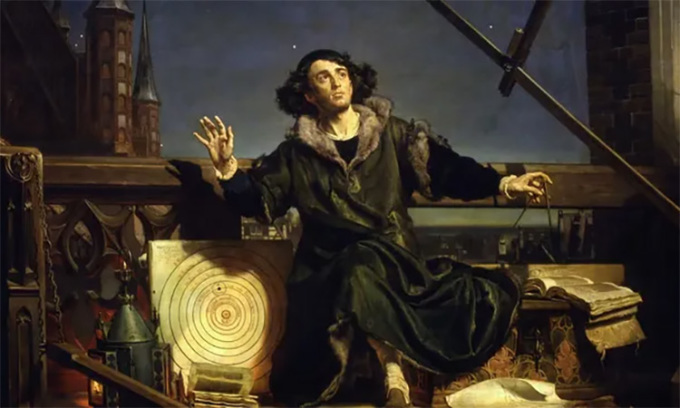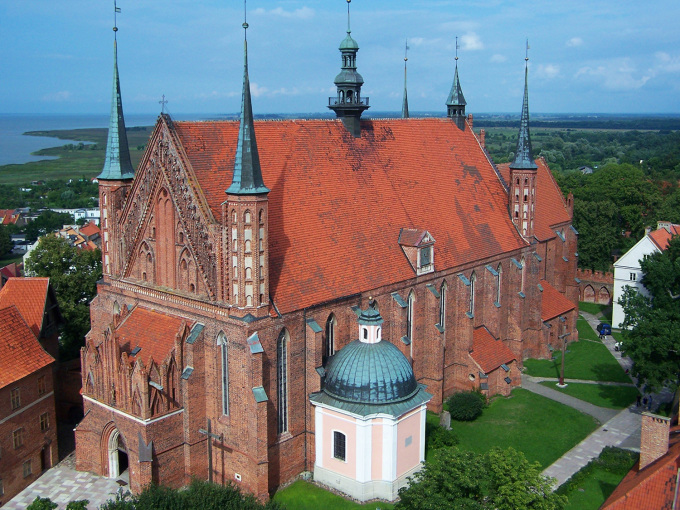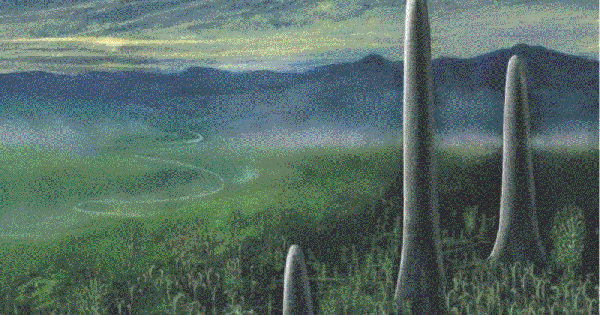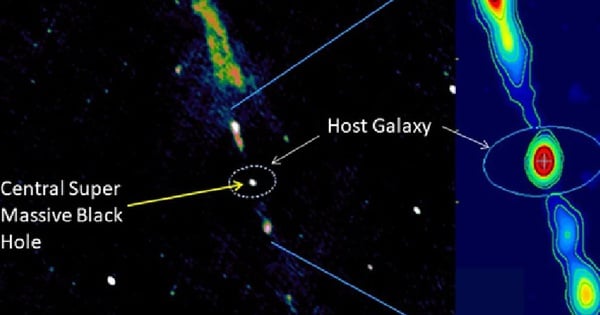For centuries, experts could not identify the remains of Nicholas Copernicus until hairs were found stuck in a book.

Painting of astronomer Nicholas Copernicus. Photo: Jan Matejko/Wikimedia
Nicholas Copernicus was a famous Renaissance astronomer who five centuries ago proposed that the Earth revolved around the Sun, not the other way around. He was also a mathematician, engineer, author, economic theorist, and physician. However, the location of his grave has been a mystery for centuries.
The Life of Nicholas Copernicus
Nicholas Copernicus was born in Torun, Poland, in 1473. He was the youngest of four children of a local merchant. After Copernicus' father died, an uncle took care of his education. He studied at the University of Krakow from 1491 to 1494, then at the Italian universities of Bologna, Padua, and Ferrara.
After studying medicine, canon law, mathematical astronomy, and astrology, Copernicus returned to his homeland in 1503. He then worked for his uncle Lucas Watzenrode the Younger, a bishop. Copernicus continued his studies as a physician while also studying mathematics. At the time, both astronomy and music were considered branches of mathematics. During this period, he developed two influential economic theories, the quantity theory of money in 1517 and Gresham's law in 1519.
One of Copernicus's most notable contributions to science was his revolutionary model of the universe. In contrast to the prevailing Ptolemaic model of the time, which held that the Earth was stationary and the center of the universe, Copernicus argued that the Earth and the other planets revolved around the Sun. Copernicus even compared the sizes of planetary orbits by expressing them in terms of the distance between the Sun and the Earth.
His masterpiece, the book De Revolutionibus Orbium Coelestium (On the Motions of the Celestial Spheres), published shortly before his death in 1543, set the stage for major changes in humanity's understanding of the universe, paving the way for later astronomers such as Galileo Galilei.

Frombork Cathedral, where Copernicus is buried. Photo: Lestat/Wikimedia
The search for the grave lasted for centuries.
After his death in Frombork, Poland, in 1543, Copernicus was buried in the local church. The Frombork church is the final resting place of more than 100 people, most of whom lie in unmarked graves.
There were several unsuccessful attempts to locate Copernicus' remains in the 16th and 17th centuries. Another failed attempt was made by the French emperor Napoleon after the Battle of Eylau in 1807. Napoleon had great respect for Copernicus as a scientist, mathematician, and astronomer.
In 2005, a team of Polish archaeologists began searching for Copernicus's grave. They followed the advice of historian Jerzy Sikorski, who claimed that Copernicus was buried near the altar he was in charge of when he was a priest there. That altar was the Altar of St. Wacław, now known as the Altar of the Holy Cross.
Scientists discovered 13 skeletons near the altar, including the partial skeleton of a 60- to 70-year-old man. This particular skeleton was determined to be the closest match to Copernicus. The skull of the skeleton was then used as the basis for facial reconstruction.
In addition to morphology, DNA analysis is often used to identify ancient remains. In the case of the partial skeleton, experts were able to identify genes because the teeth were well preserved. However, the challenge was finding suitable reference material: Experts did not have the remains of any relatives of Copernicus.
Strange discovery helps identify remains
In 2006, a new source of DNA reference material unexpectedly emerged. Experts discovered a few hairs between the pages of an astronomy book Copernicus had used for many years. The book is now owned by the Gustavianum Museum at Uppsala University in Sweden.
The hairs were likely to have belonged to Copernicus, the primary user of the book, and were therefore considered potential reference material for genetic comparisons with the teeth and bones in the grave. The comparison showed that both the mitochondrial DNA from the teeth and bone samples matched the mitochondrial DNA from the hair, suggesting that the remains were most likely those of Nicholas Copernicus.
A multidisciplinary effort, involving archaeological excavations, morphological studies and advanced DNA analysis, yielded a compelling result. This remarkable discovery not only sheds light on the resting place of one of the most influential figures in the history of science, but also demonstrates the enormous power of modern scientific methods in corroborating historical data.
Thu Thao (According to Space )
Source link



![[Photo] General Secretary To Lam receives Russian Ambassador to Vietnam](https://vstatic.vietnam.vn/vietnam/resource/IMAGE/2025/4/2/b486192404d54058b15165174ea36c4e)


![[Photo] Third meeting of the Organizing Subcommittee serving the 14th National Party Congress](https://vstatic.vietnam.vn/vietnam/resource/IMAGE/2025/4/2/3f342a185e714df58aad8c0fc08e4af2)

























![[Photo] Relatives of victims of the earthquake in Myanmar were moved and grateful to the rescue team of the Vietnamese Ministry of National Defense.](https://vstatic.vietnam.vn/vietnam/resource/IMAGE/2025/4/2/aa6a37e9b59543dfb0ddc7f44162a7a7)

































































Comment (0)